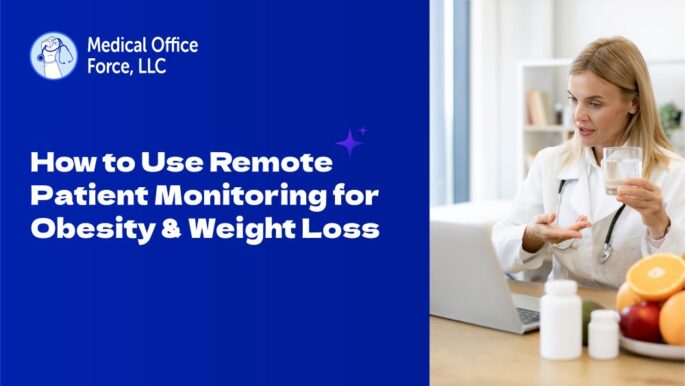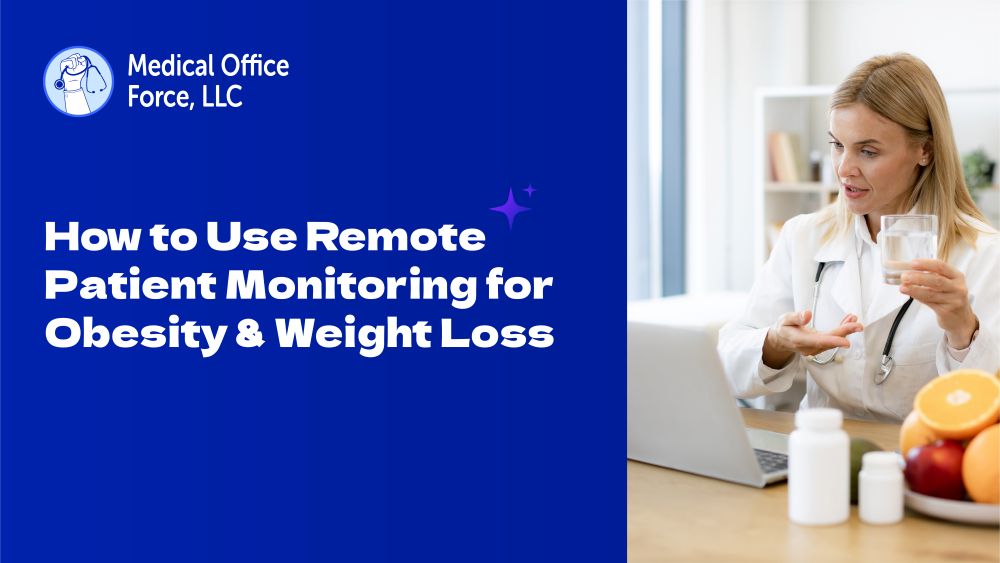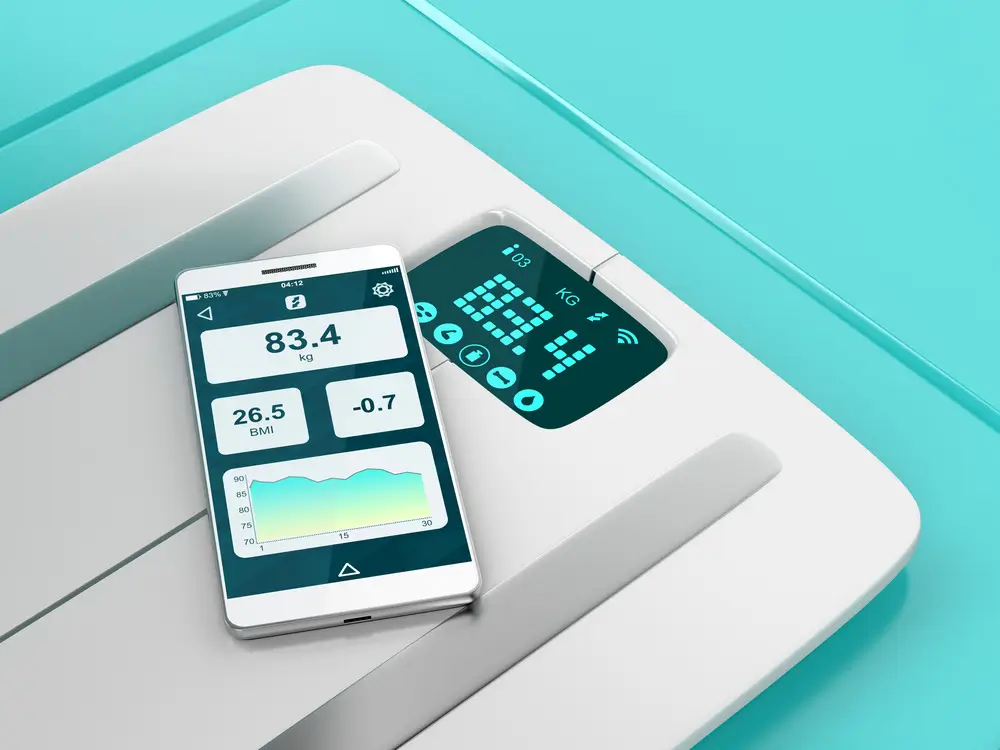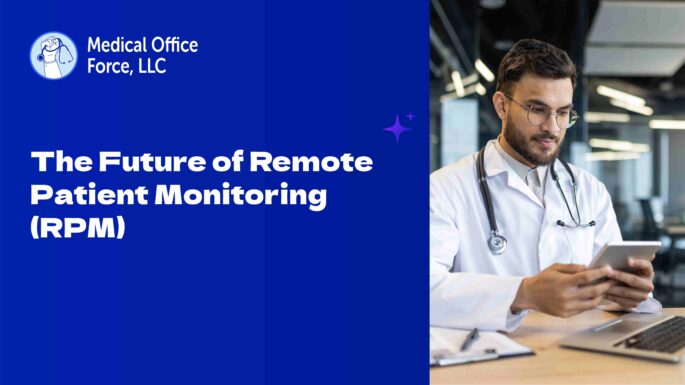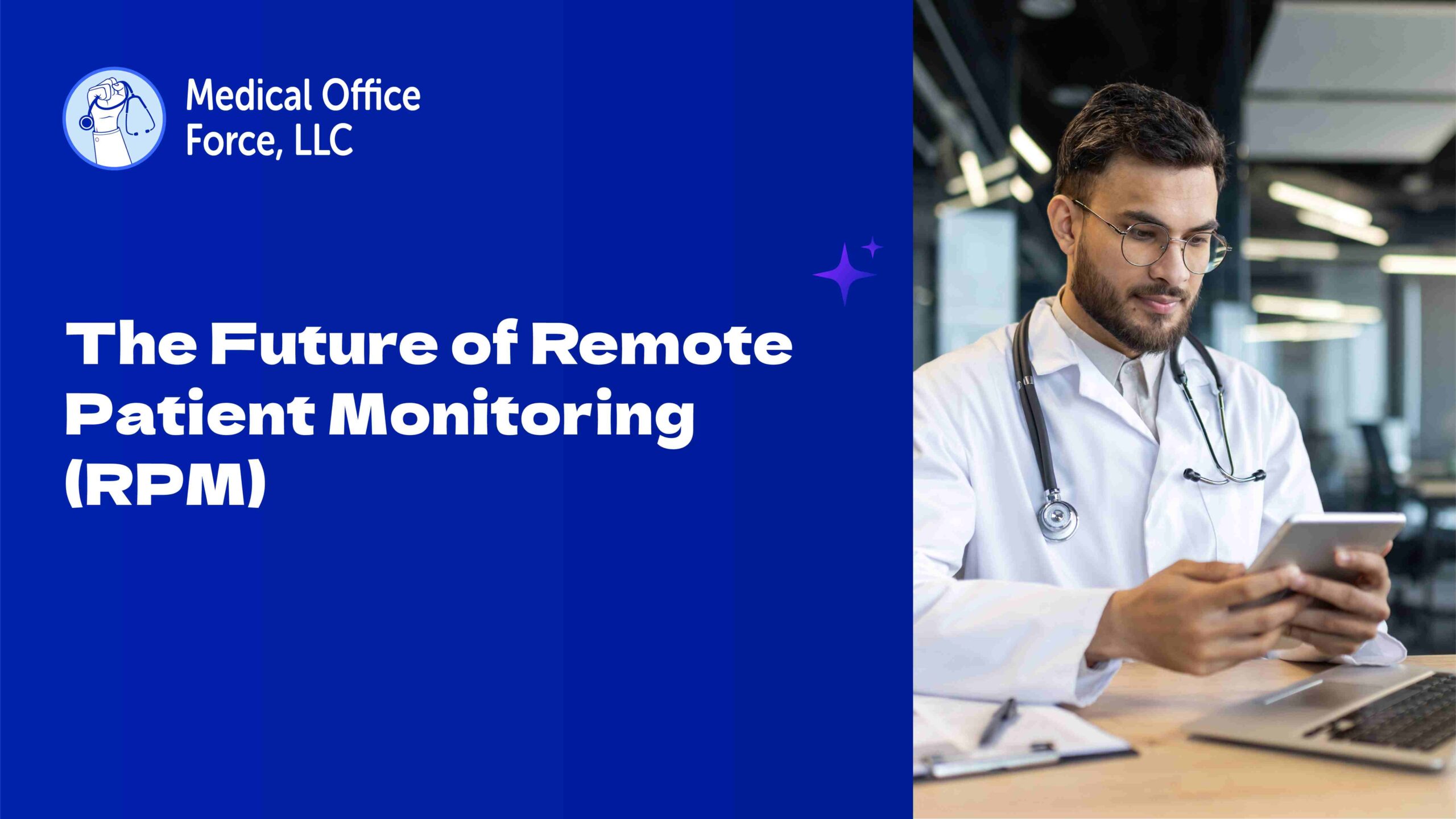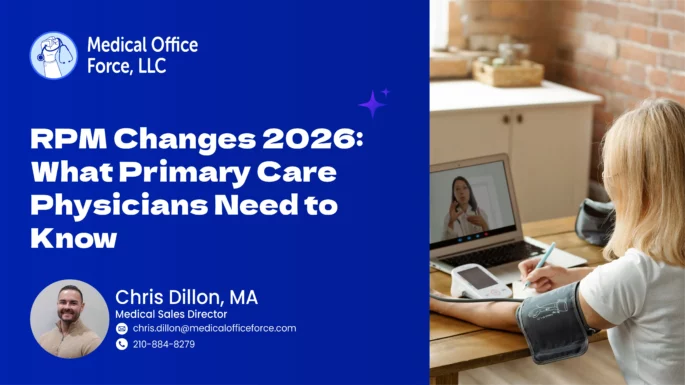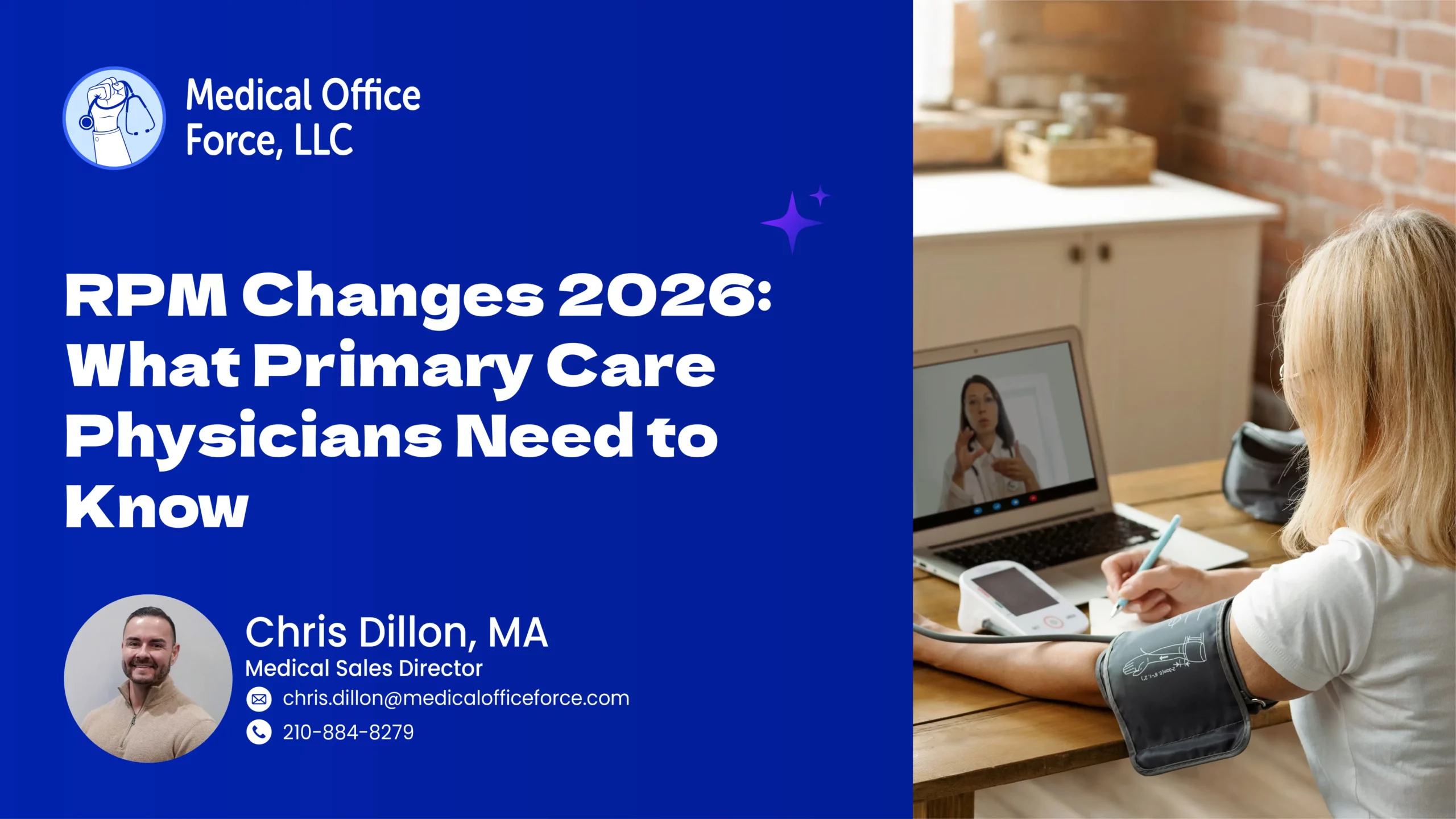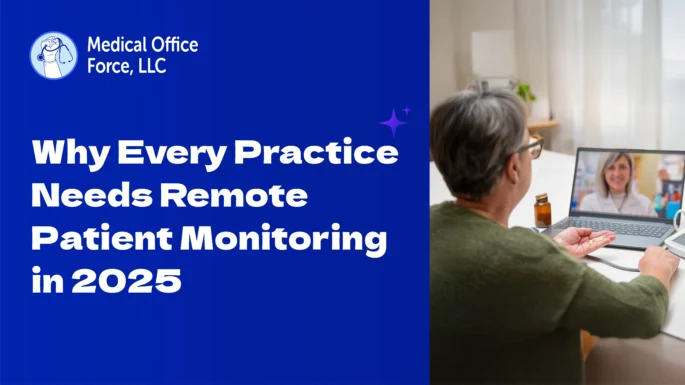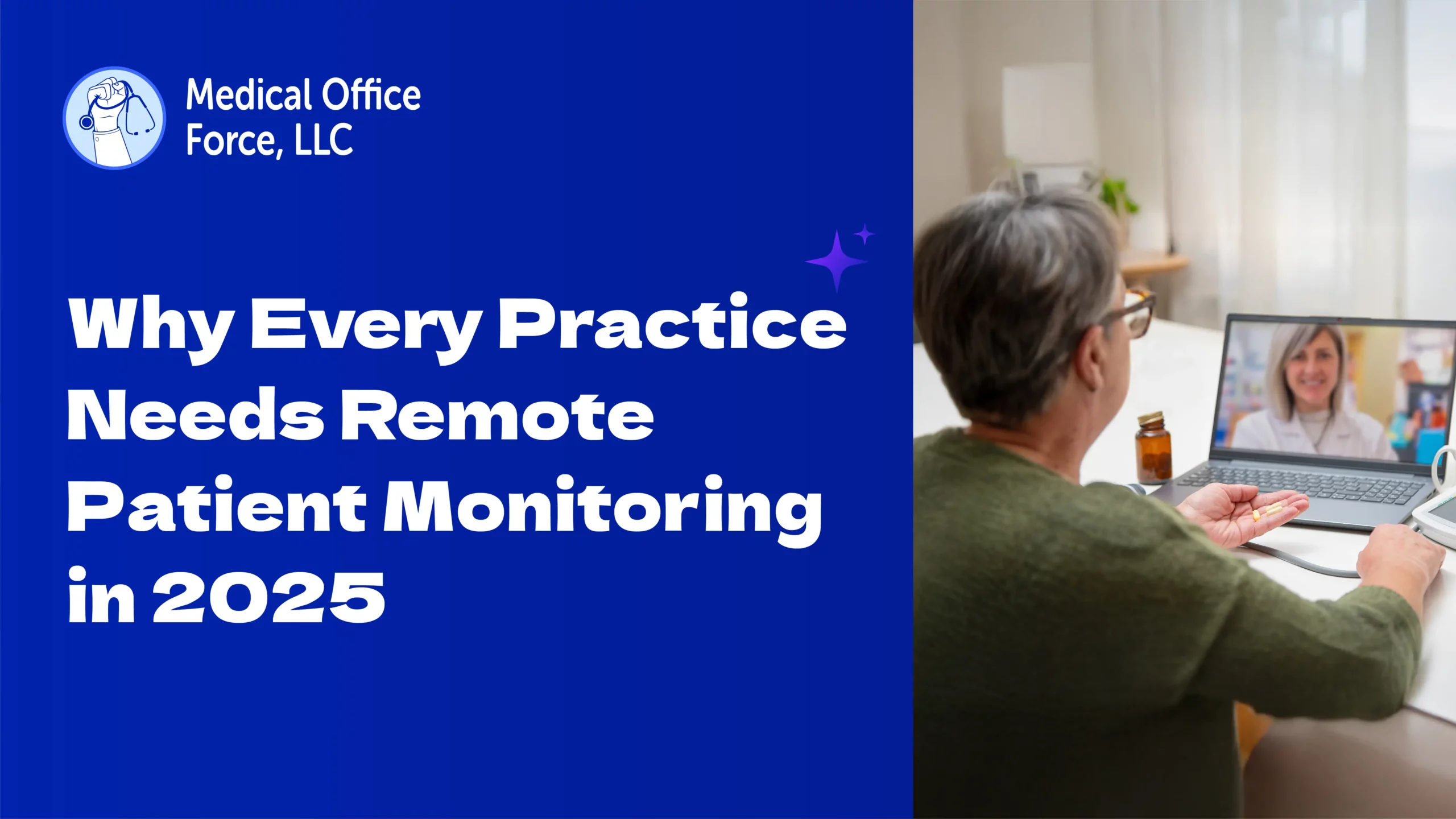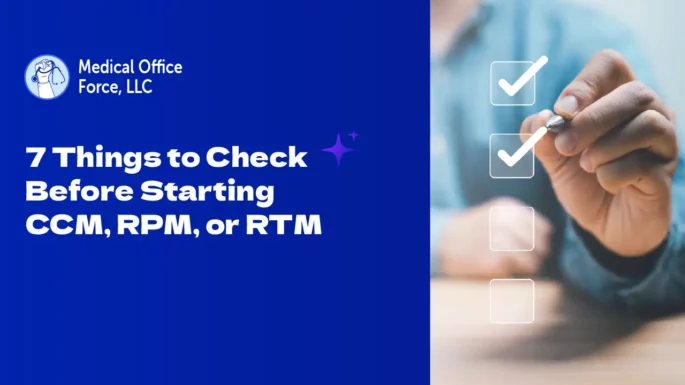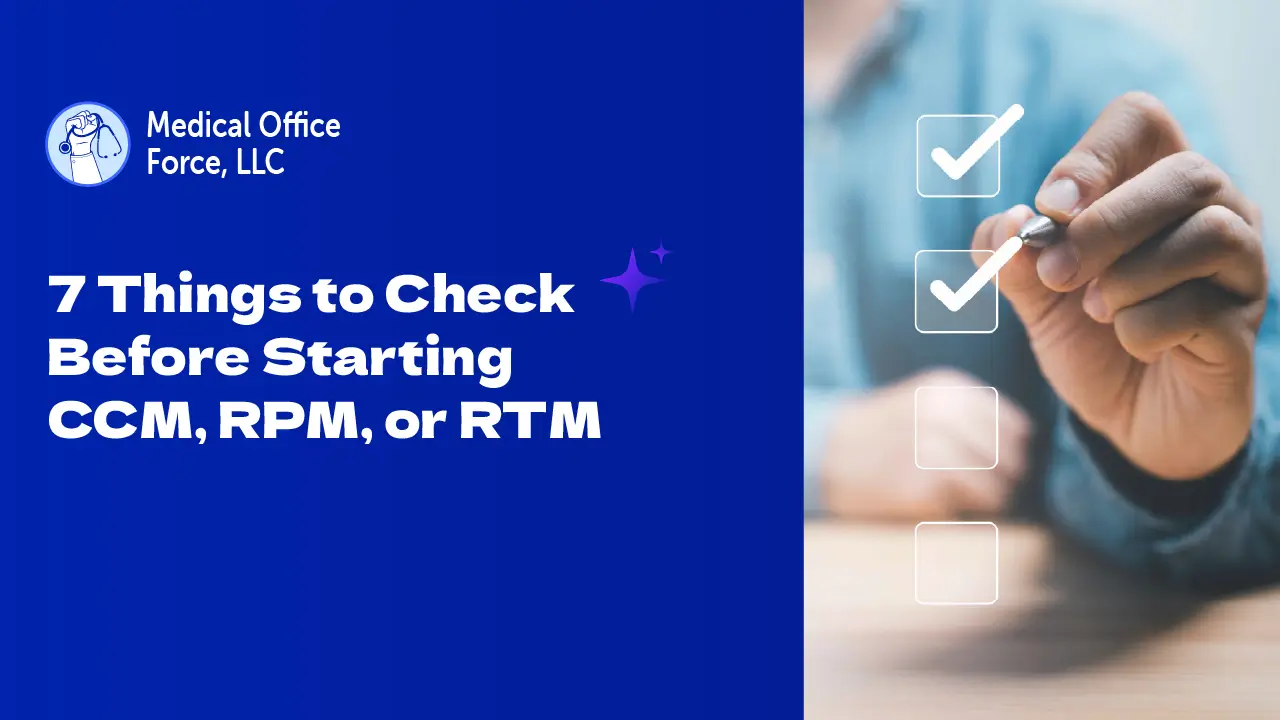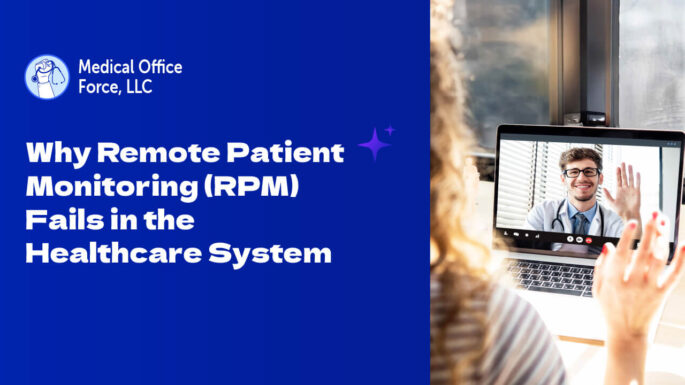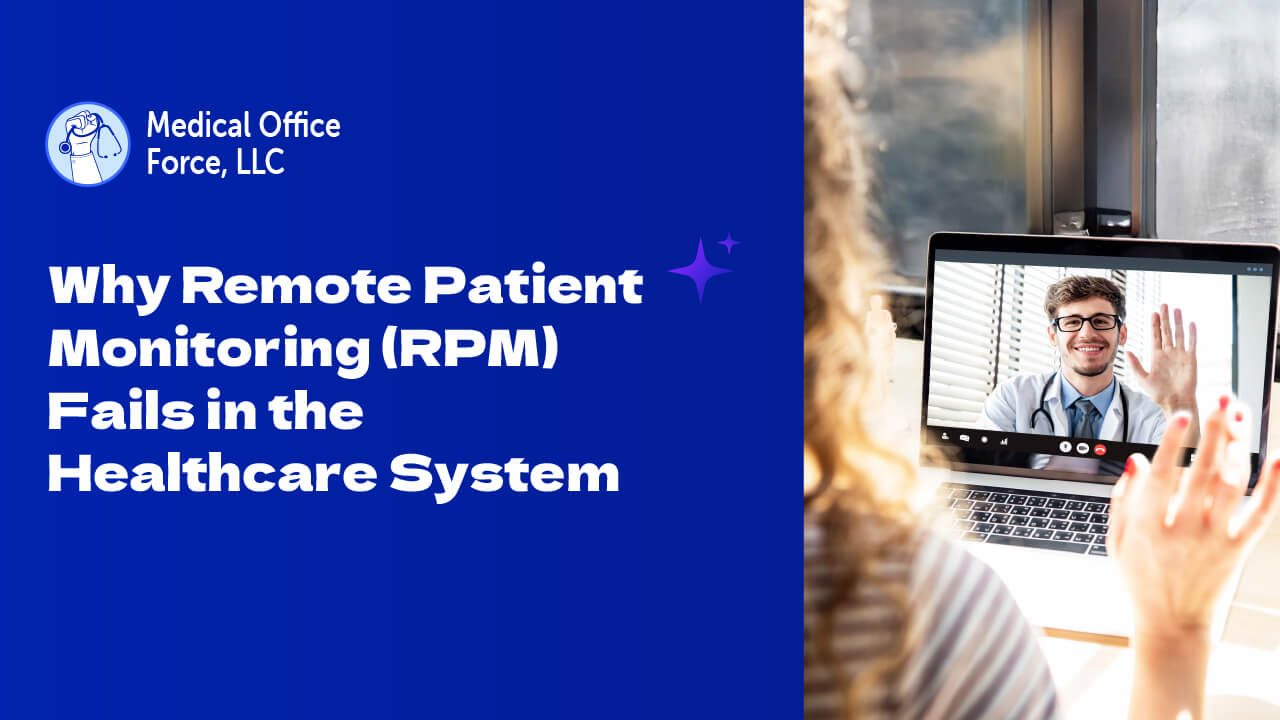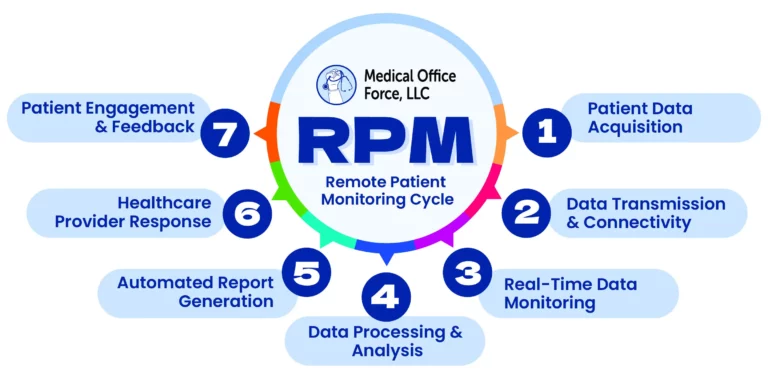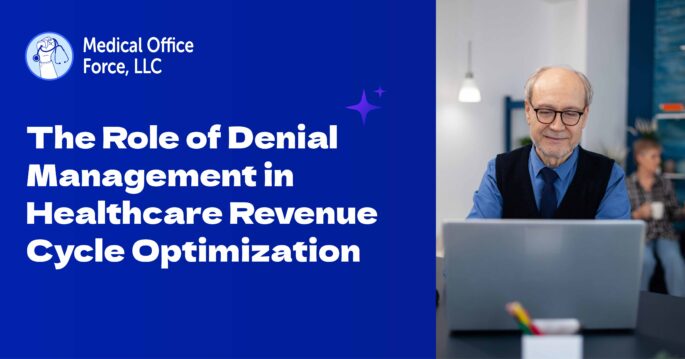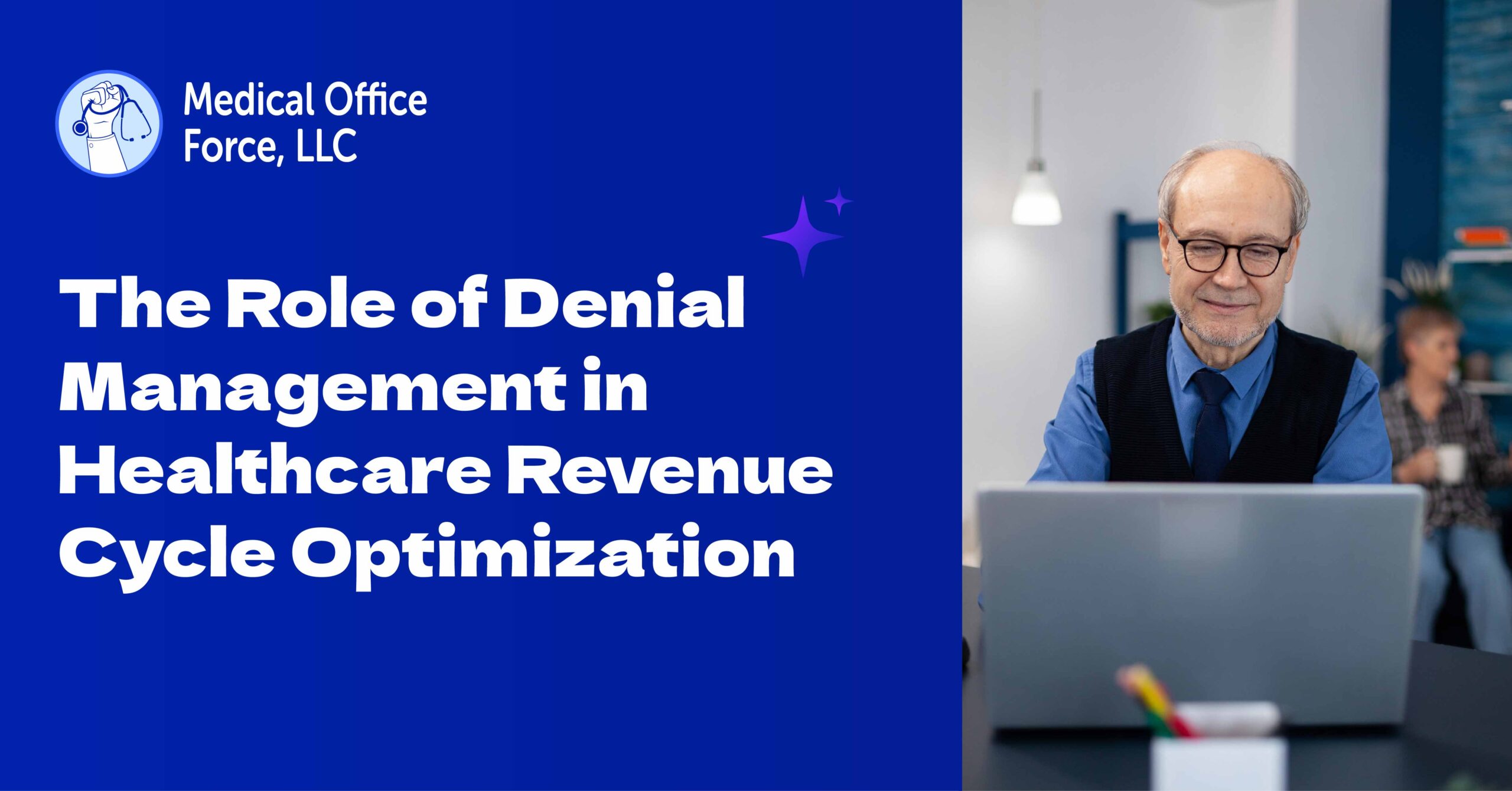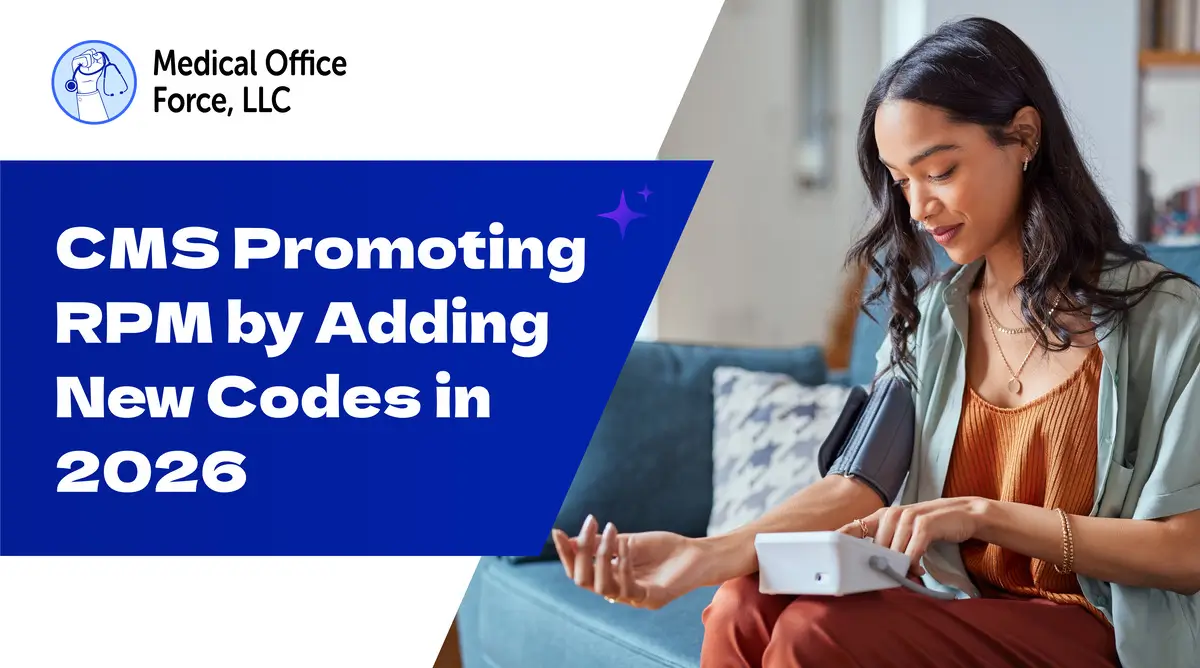
CMS Promoting RPM by Adding New Codes in 2026
RPM adoption remains limited: Only 30% of U.S. physicians used remote patient monitoring in 2022 (AMA Digital Health Study).
CMS introduced two new RPM codes for 2026, aiming to make RPM more accessible, billable, and clinically valuable for both practitioners and patients.
Why RPM Lagged in Real Practice
1. Reimbursement uncertainty & complex billing: Strict transmission-day minimums, evolving CPT rules, and heavy documentation made adoption difficult.
2. High upfront costs & tech barriers: FDA-cleared devices, HIPAA-secure platforms, and EHR integration were expensive and challenging for small clinics.
3. Workflow burden & staffing constraints: Continuous data review, patient check-ins, and documentation required more staff than many practices could allocate.
New CMS Codes (Effective 2026)
- CPT 99445 (~$47): Covers 2–15 days of short-term RPM data in a 30-day period.
- CPT 99470 (~$26): Covers 10–19 minutes of monthly RPM management time and requires at least one real-time patient interaction.
Impact After Implementation of the New RPM Codes
- Lower entry threshold for small practices.
- Flexible billing aligned with real-world clinical workflows
- Expanded access across primary care, cardiology, endocrinology, nephrology, geriatrics
Real-World Outcomes & ROI Post CMS Code Implementation
-
-
- Patient Panel: 300 CHF, 350 diabetes, 350 hypertension
- Clinical impact:
-
- ~20% reduction in CHF hospitalizations (PMC10424885)
- Improved diabetes & hypertension control (PubMed39974005)
- Increased patient engagement via real-time feedback & monthly interactions
-
- Financial & operational impact (current codes):
-
- Program cost: ~$500/patient/year
- Revenue: ~$700K/year
- Savings from avoided acute events: $400K–$600K
- ROI: ~20–40%, including AI-driven efficiency
-
- Projected impact with 2026 codes:
-
- Revenue: ~$900K–$1.1M/year
- ROI: ~300–500%
- Sustained improvements in chronic-disease management.
- Lower hospitalizations, better patient adherence
-
-
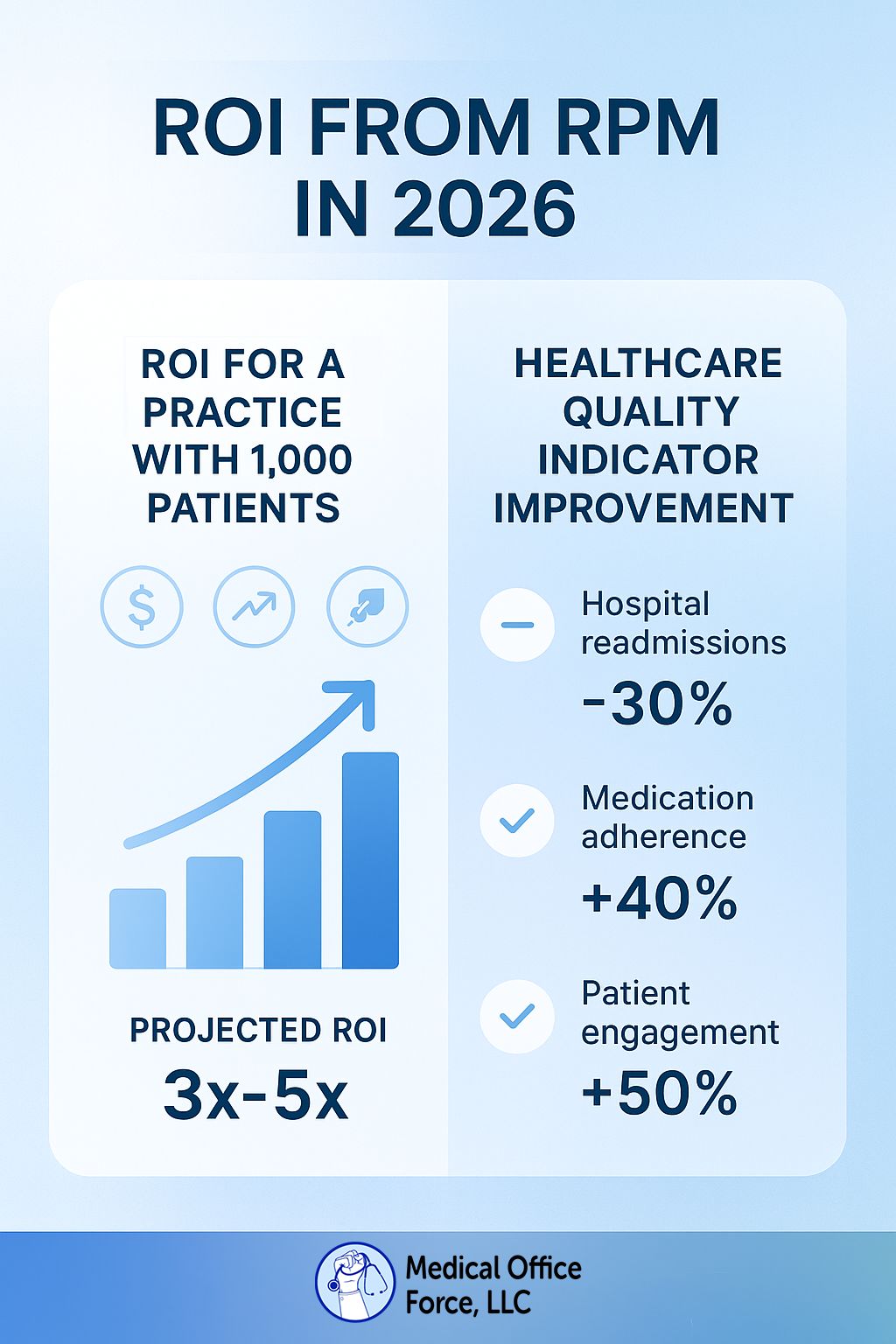
Frequently Asked Questions (FAQs)
Q. What is the reimbursement for CPT 99445?
A. The reimbursement for CPT 99445 is approximately $47.
Q. What is the reimbursement for CPT 99470?
A. The reimbursement for CPT 99470 is approximately $26.
Q. When will the new RPM CPT codes take effect?
A. The new Remote Patient Monitoring (RPM) CPT codes take effect on January 1, 2026, as part of the annual 2026 CPT code set updates by CMS.
References:
- CHF RPM study: PMC10424885
- RPM hypertension case: PubMed39974005
- CMS 2026 codes: Federal Register 2025-19787



